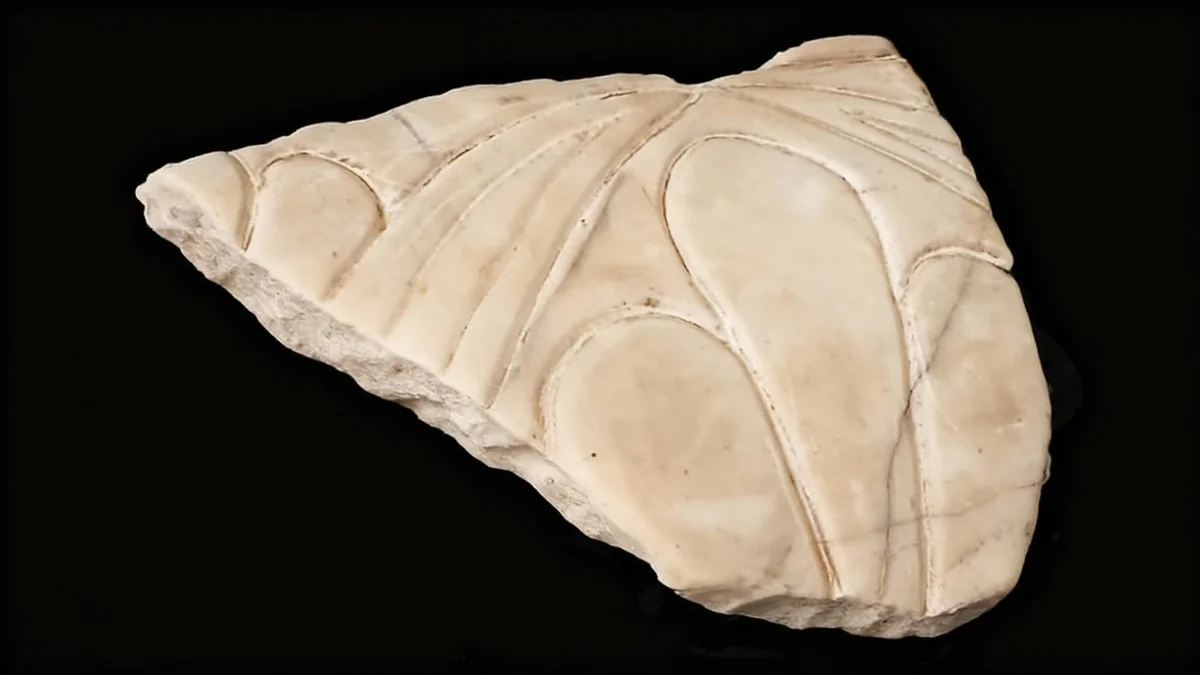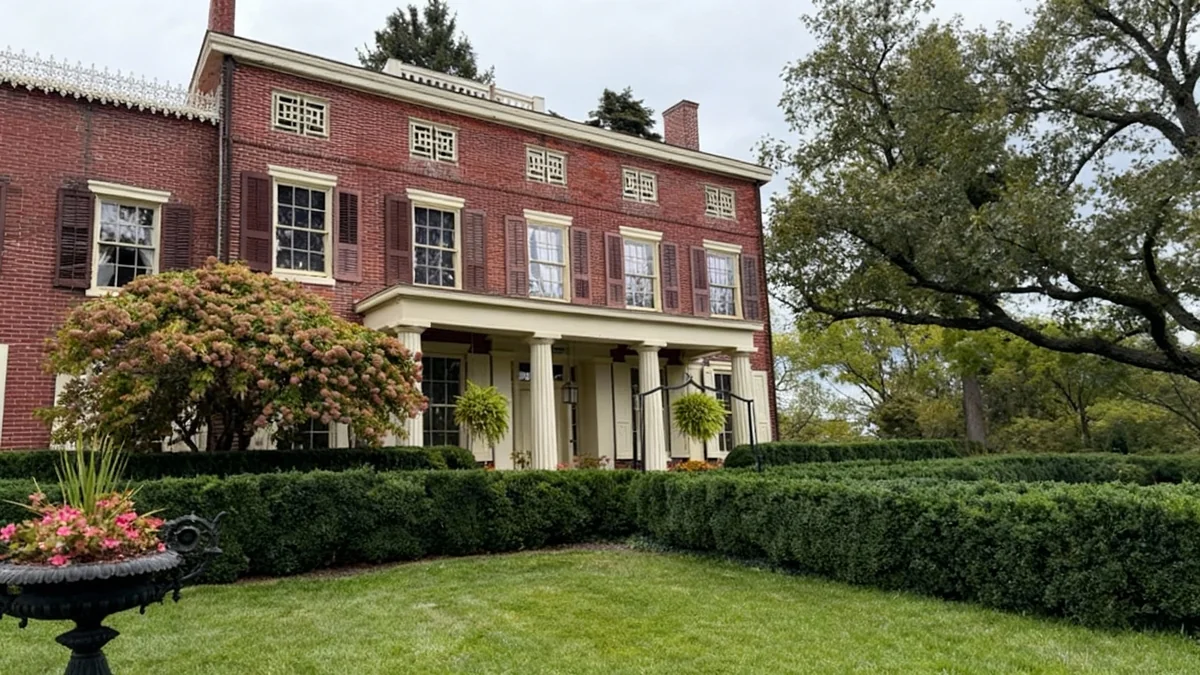Oscar-winning actor Diane Keaton, who passed away at 79, was known for her film roles. However, her work extended beyond Hollywood to include significant efforts in preserving historic architecture in Los Angeles. Her dedication helped save several important landmarks from demolition and decay.
Key Takeaways
- Diane Keaton was a vocal advocate for architectural preservation in Los Angeles.
- She played a key role in saving the Frank Lloyd Wright-designed Ennis House.
- Keaton's activism also helped preserve the Century Plaza Hotel.
- She served on the boards of the Los Angeles Conservancy and the National Trust for Historic Preservation.
- Her efforts highlighted the cultural value of buildings beyond their functional use.
Keaton's Commitment to Architectural Heritage
Diane Keaton's involvement in historic preservation became a notable part of her public life. She served on the board of the Los Angeles Conservancy. She was also a trustee of the National Trust for Historic Preservation. These roles allowed her to advocate for buildings facing demolition or significant damage.
Her passion for architecture was evident in her strong public statements. Keaton believed that buildings held cultural and historical lessons. She argued that tearing them down meant losing these valuable insights for future generations.
Did You Know?
The National Trust for Historic Preservation has identified over 1,000 historic places across the United States as needing protection or assistance since 1971. These sites range from individual buildings to entire neighborhoods.
Saving the Ennis House
One of Keaton's most significant preservation successes involved the Ennis House. This iconic residence, designed by Frank Lloyd Wright, is located in the Hollywood Hills. It was built in the 1920s and is known for its unique Mayan Revival style.
The house suffered major damage from the 1994 Northridge earthquake. Heavy rains a decade later caused further structural issues. In 2005, the National Trust for Historic Preservation listed the Ennis House among America’s 11 Most Endangered Historic Places. This designation drew national attention to its plight.
According to the Frank Lloyd Wright Building Conservancy, Keaton urged the Hollywood community to contribute to the house's rescue. She later joined the Ennis House Foundation board, actively working towards its restoration.
The nonprofit Ennis House Foundation undertook partial restoration efforts. The house was eventually purchased in 2011. Its new owner completed the full restoration, ensuring the landmark's survival. The Ennis House has been featured in many films, adding to its cultural significance.
Preserving the Century Plaza Hotel
Keaton also played a crucial role in the fight to save the Century Plaza Hotel. This hotel, built in the 1960s, faced a similar threat. In 2009, it was also added to the 11 Most Endangered Historic Places list. The owners at the time proposed demolishing the hotel. Their plan was to replace it with a new mixed-use development.
Keaton publicly opposed this plan. She described it as "part of an uninspired assault on 1960s large-scale architecture in Los Angeles." Her advocacy helped bring attention to the value of post-war modernist architecture.
Ultimately, the city approved a project that preserved the hotel. The original structure became the centerpiece of the new development. Rehabilitation work began in 2016. The hotel reopened its doors in 2021, as reported by the Los Angeles Conservancy. This outcome was a victory for preservationists and for Keaton's efforts.
Architectural Preservation in Los Angeles
Los Angeles has a rich and diverse architectural history, spanning from early 20th-century bungalows to Art Deco skyscrapers and mid-century modern homes. Preservation efforts often face challenges due to rapid urban development and changing economic priorities. Organizations like the Los Angeles Conservancy work to identify, protect, and revitalize historic places across the city, recognizing their importance to the community's identity and heritage.
Lessons from the Ambassador Hotel
Not all of Keaton's preservation efforts were successful. The Ambassador Hotel, built in the 1920s, was an early symbol of Los Angeles's growth. It also gained historical notoriety as the site of Robert F. Kennedy's assassination in 1968.
Despite efforts to save it, the Ambassador Hotel was demolished in 2005. A new school was built on the site. This loss highlighted the ongoing challenges faced by preservationists when development interests prevail.
In 2008, Keaton wrote an op-ed in the Los Angeles Times reflecting on the Ambassador Hotel. She shared childhood memories of the iconic building. She also discussed broader lessons about preservation for the city.
- Buildings are massive works of art with many uses.
- They provide spaces for films, art displays, and homes.
- Tearing down buildings erases lessons for the future.
- Wasting energy and resources used in construction has an emotional impact.
Keaton's words underscored her deep belief in the intrinsic value of architecture. She saw buildings as fundamental to human experience and historical memory.
“I’ll never understand why architecture is considered a second cousin to painting and film,” Keaton wrote. “We’ve never been married to our romance with architecture. A building, unlike a canvas or a DVD, is a massive work of art with many diverse uses.”
She emphasized that structures like homes give people faith in a well-lived life. Her perspective moved beyond aesthetics to highlight the emotional and societal impact of preserving or losing architectural heritage. Her activism leaves a lasting mark on the Los Angeles landscape.





